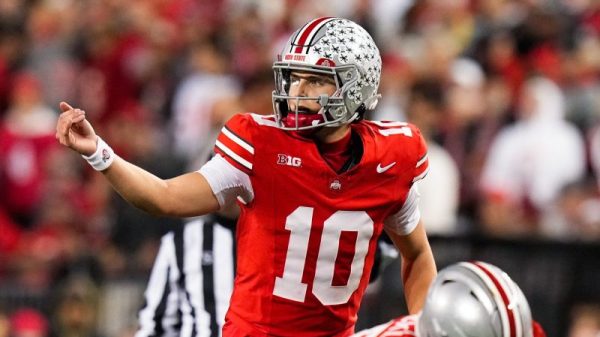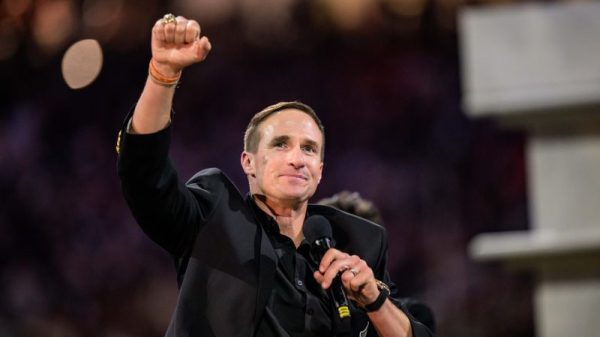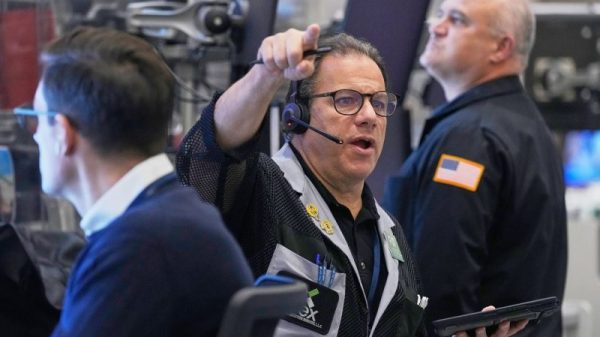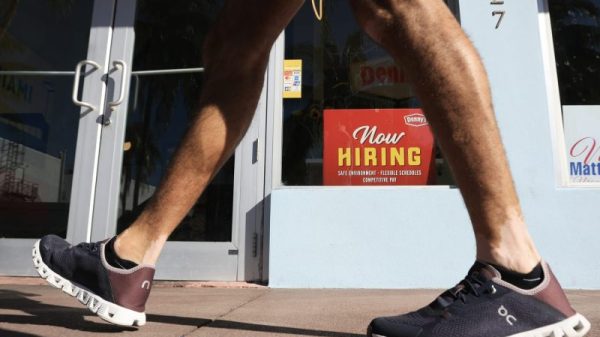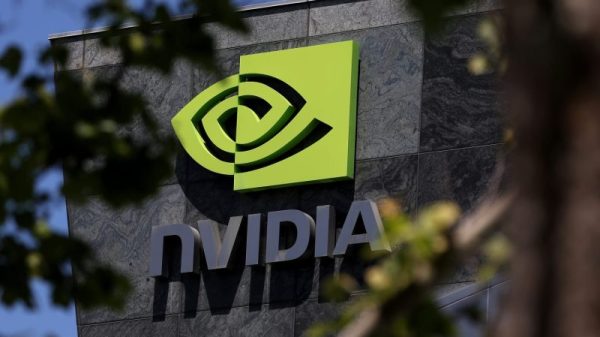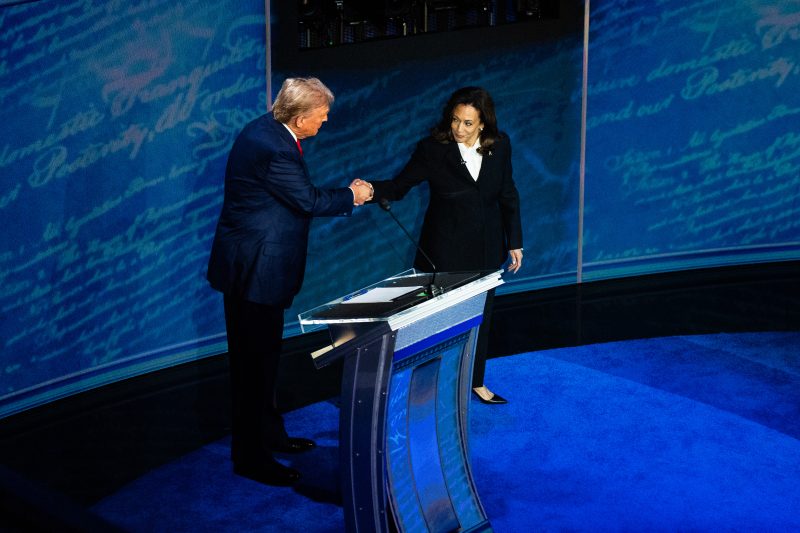A few months ago, the 2024 presidential election was on course to be an inverse popularity contest. Polls consistently showed that both President Joe Biden and former president Donald Trump were unpopular and, often, that voters wished neither candidate would actually be on the ballot. A Pew Research Center analysis found that a quarter of the country viewed both candidates unfavorably, a higher percentage than said the same in 2016 — an election that was decided by voters who didn’t like either major-party candidate.
As you are aware, this is no longer the case. Biden’s decision to drop out of the race cleared the way for Vice President Kamala Harris to be the nominee — and for Harris’s popularity to surge. But as polling from Quinnipiac University released on Tuesday shows, Trump is faring better than he used to as well.
Quinnipiac’s polling regularly assesses how favorably candidates are viewed. Before the 2016 election, a big chunk of Americans said they disliked both Trump and Hillary Clinton, something reflected in their polls. When voting was complete, that segment of voters — a fifth to a quarter, depending on the state — was responsible for the narrow margins that gave Trump the presidency.
In January, Quinnipiac’s data showed that about a quarter of Americans viewed both Trump and Biden unfavorably. There was good news for the incumbent president, though: Biden had a 13-point lead within that group.
In the new poll, though, only 4 percent of Americans said they viewed both Harris and Trump unfavorably. That’s higher than the minuscule percentage that views both favorably, but it’s obviously far lower than the percentage seen in January. Instead, nearly half of Americans view Harris favorably but not Trump, while more than 4 in 10 view Trump favorably but not Harris.
What’s more, support within those like-one-candidate groups is more solid than it was at the beginning of the year. Then, Trump won those who said they only liked him by a 92-point margin. That climbed to 97 points. In January, those who said they only viewed Biden favorably preferred him by an 87-point margin. Harris, by contrast, has a 98-point lead among those who only view her favorably.
Yet the Quinnipiac poll also finds that the race is extremely close. Harris is more popular and better positioned than was Biden in national polls, but she has by no means locked up victory.
It’s interesting to consider how the growth in Harris’s popularity relates to the national vote preference. Using 538’s averages of polls, we pulled day-to-day numbers for the difference in favorability between Harris and Trump and the difference in support between the two.
From late July, when Biden dropped out, Harris’s favorability has expanded over Trump. On July 25, she was viewed 3 points less favorably than was Trump in the 538 average. By Aug. 25, that had jumped to a 2-point advantage, a shift of 4.3 points in her favor. The advantage grew another 2 points by Wednesday.
Harris also saw a 3-point shift in her favor in the national polling margin from July 25 to Aug. 25. But from Aug. 25 to Sept. 25, it dropped by almost a point. The high-water mark of her margin, according to the 538 average, came on Aug. 23 — the day after the Democratic convention ended and the day on which independent candidate Robert F. Kennedy Jr. dropped out and endorsed Trump.
Kennedy obviously played a significant role in the changes shown above. Voters who disliked both Trump and Biden in January often liked Kennedy. Many of those who said they liked Biden but not Trump said they planned to vote for Kennedy anyway. That more people say they like only Trump or only Harris now than said the same of the candidates in January is likely in part a function of people moving away from Kennedy.
The story told by these numbers is the one captured in the familiar aphorism: The more things change, the more they stay the same. The race is close, as it was, with Harris holding a narrow advantage. She’s more popular than she was, but the benefits of that popularity have proved to be diminishing over time.
What decides the next president, it seems safe to assume, is how enthusiasm for the candidates translates into people actually turning out to vote.






